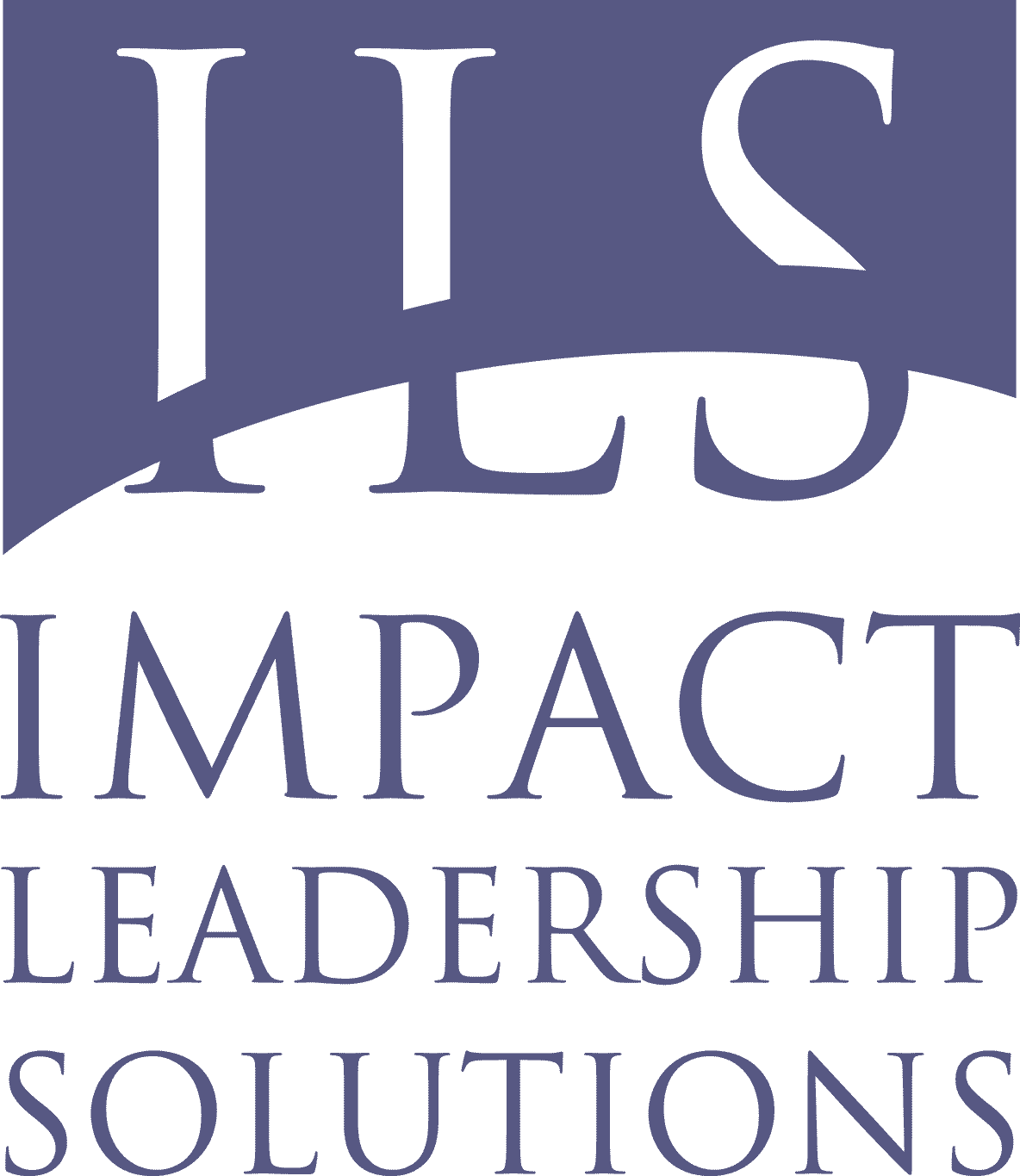Want Stronger Executive Presence? Start with These 3 Tips
- Anna Conrad

- Jun 6, 2025
- 3 min read

Executive presence is my most requested coaching topic - and the one that is the most misunderstood.
When I ask clients what it means, their responses often sound familiar:
"A firm handshake?"
"A flawless slide deck?"
"The ability to silence a room simply by walking into it?"
Not quite.
While those are visible cues, true executive presence goes deeper. It’s not about theatrics or volume—it’s about presence of mind, credibility, and calm authority. It's the quality that makes people listen when you speak and feel steadier because you're in the room.
And here’s the good news: executive presence isn’t something you're born with or without. It’s a capability you can cultivate. Not through scripts or showmanship—but through intention, self-awareness, and consistent practice.
Let’s explore three ways to strengthen yours.
1. Speak Less. Say More.
We've all witnessed it: someone takes ten minutes to say very little, while another offers a single, well-crafted sentence that changes the direction of the conversation.
Who has more presence?
The answer is clear.
Executive presence isn’t measured in word count—it’s measured in impact. Leaders who communicate with presence are thoughtful and deliberate. They speak with clarity, not clutter. They don’t fear silence; they use it.
A pause before responding signals you're not reacting impulsively—you're reflecting. That moment of stillness carries weight.
In contrast, racing through your thoughts or filling every gap with sound might feel like competence, but it rarely conveys confidence. The most compelling leaders don’t rush. They guide.
Coach's tip: In your next meeting, pause before you speak. Let your words land. Watch how others respond.2. Own the Room—Without Dominating It.
Executive presence isn’t about taking up space. It’s about owning the space you’re in.
Start with body language: an upright posture, steady eye contact, grounded movements. Not rigid or performative—just composed and purposeful. Your nonverbal cues should say, “I’m here, I’m prepared, and I’m listening.”
Then, consider your tone. The most effective leaders don’t adopt a “leadership voice.” They use their authentic voice—clear, calm, and warm. Confidence isn’t about projection; it’s about connection.
Think of presence as conducting an orchestra. You're not the loudest in the room—you’re the one setting the rhythm, bringing coherence, and sensing the moment. That kind of presence is often felt more than seen.
And let’s not forget virtual presence. In 2025, how you show up on screen matters just as much. It’s less about perfect lighting and more about genuine engagement. Intentional eye contact, visible attentiveness, and the absence of multitasking go a long way.
Coach's tip: People can feel when you’re distracted—even over Zoom. Stay present. It shows.3. Project Confidence—Don’t Perform It.
The most magnetic leaders don’t need to announce their confidence. They embody it.
They speak with conviction, not ego. They hold their ground without bulldozing others. And they understand that real confidence doesn’t chase attention—it builds trust.
Humility plays a powerful role here. When you're willing to admit what you don’t know, ask thoughtful questions, and genuinely listen, you make space for others to contribute. And that, in turn, reinforces your credibility.
You might be surprised: what people remember isn’t always your boldest insight—it’s how you made them feel. Are they feeling seen and heard? That leaves a lasting impression.
So if you're unsure whether to speak or to listen, do both. Share your perspective, then invite someone else in. That’s not just good presence. That’s good leadership.
Coach's tip: Remember the acronym WAIT: "Why am I talking?"Final Thought: Presence Is a Practice
Executive presence isn’t something you turn on for the big meeting. It’s something you demonstrate every day—in how you write emails, show up in hallway conversations, manage tension, and navigate ambiguity.
It’s not about becoming someone else. It’s about becoming more of who you already are—with greater intentionality, consistency, and courage.
So here’s your invitation: This week, notice how you show up. What’s one small shift—a pause, a gesture, a shift in tone—that could elevate your presence just a little more?
Because presence isn’t a performance. It’s a practice.



